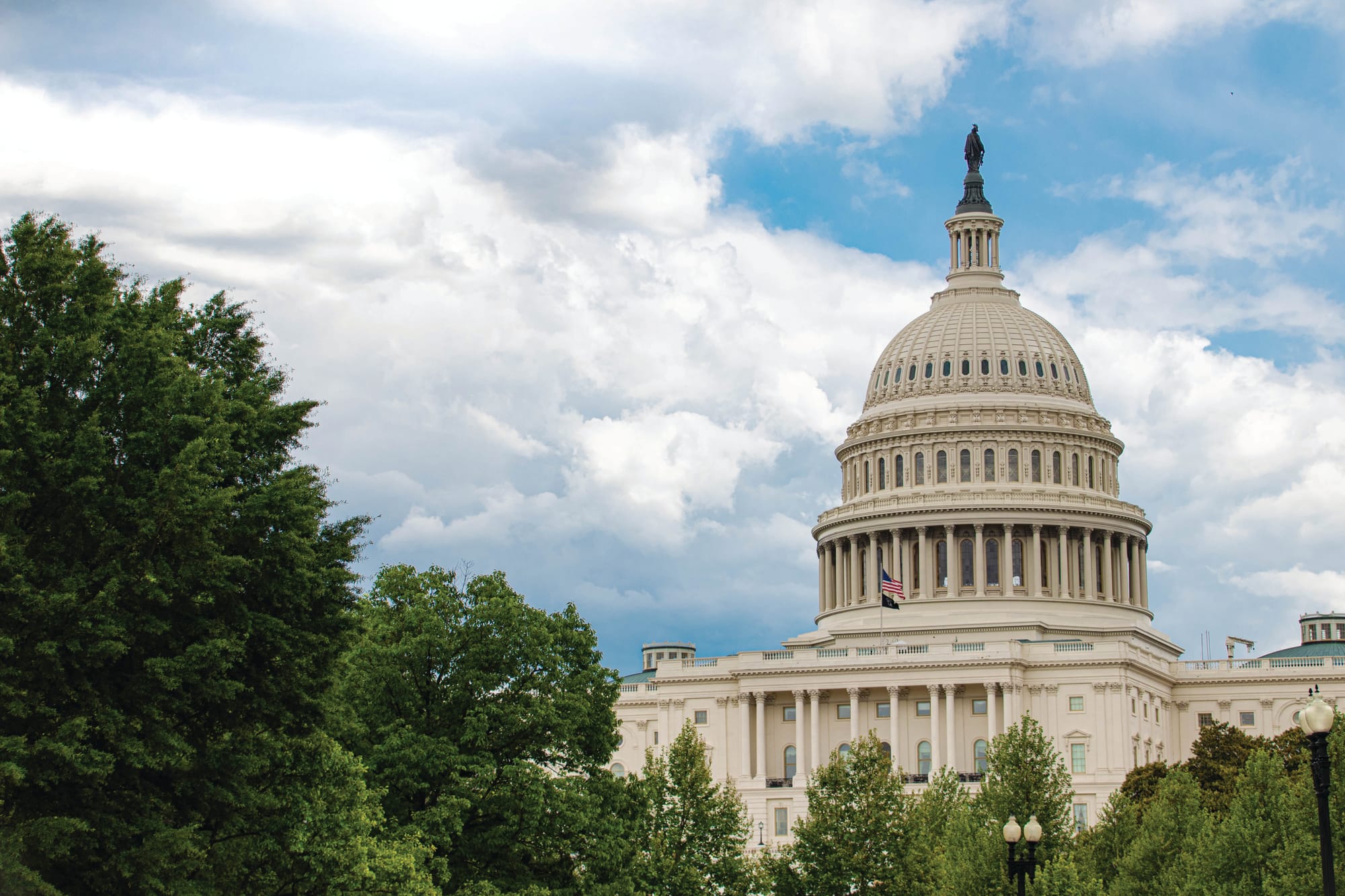The balance of this year and the first months of 2024 will be a time of testing and potential transformation for retail pharmacy. Several pivotal questions, some of which have plagued the industry for many years, seem to be headed toward resolution. How they are resolved will impact the future trajectory of pharmacy and its place in the U.S. health care system.

Advocates for the profession characterize the practices of pharmacy benefits managers — first and foremost, their application of direct and indirect remuneration fees under Medicare — as an existential threat. Years of sounding the alarm have finally gotten the attention of officials in Washington and prompted them to seriously consider taking bipartisan action. One notable example of accelerating momentum on the issue occurred late last month, when the Senate Finance Committee voted 26 to 1 to send the Modernizing and Ensuring PBM Accountability Act to the floor for consideration.
According to finance committee chairman Ron Wyden (D., Ore.), the measure “will modernize federal prescription drug programs and put a stop to practices by pharmacy benefit managers that are driving up drug costs for patients and taxpayers. … In recent years, these businesses have consolidated into mega-corporations that dominate the market. This consolidation has allowed PBMs to adopt tactics and play games with their data that result in higher profits for themselves and higher costs for everyone else.”
In addition to pending congressional action, pharmacy operators have reason to be hopeful that the Federal Trade Commission will intervene in the PBM market. The agency is conducting an evaluation of industry practices and their effect on the accessibility and affordability of prescription medications, as well as their impact on health care providers. Under chairwoman Lina Khan — who in a speech last month at the Economic Club of New York said that with the FTC’s support “our nation’s long-standing commitment to free and fair competition has come roaring back to the forefront of public policy” — the commission is expected to seek changes in the way PBMs conduct business.
More good public policy news for pharmacy came in the form of the Equitable Community Access to Pharmacist Services Act. Introduced in the Senate last month by Mark Warner (D., Va.) and John Thune (R., S.D.), the measure (and similar legislation pending in the House of Representatives) would lock in access for Medicare recipients to receive testing and treatment services at community pharmacies for flu, strep throat, respiratory syncytial virus (RSV) and COVID-19. Importantly, the bill would authorize direct reimbursement to pharmacy operators for those essential services.
The Equitable Community Access Act is a significant step toward securing retail pharmacy’s place as a focal point of neighborhood health care. While such legislation will accelerate that shift, to what extent it takes hold will ultimately depend on pharmacy operators themselves and whether they can effectively integrate primary care into their existing offerings. In recent years, Walgreens Boots Alliance has acquired primary care providers VillageMD and CityMD; CVS Health bought Oak Street Health; and Amazon took control of One Medical. In addition, Walmart has continued to fine-tune and expand its network of health centers, which offer primary care and other services.
Those companies and others that operate in-store clinics now have to tackle the challenge of convincing patients and payers, accustomed to turning to a physician’s office for primary care, to reorient themselves toward community pharmacies as the first line of defense. In addition, they must demonstrate that the new models are economically viable over the long term. By overcoming those two hurdles, companies will usher in a new era in retail pharmacy, putting the industry at the crux of health care by bringing together unequaled medication expertise and primary care in one place. Pharmacy operators will at the same time improve patient access and reduce overall health care costs.
Seizing the opportunity in primary care will give retail pharmacies, particularly drug stores, a new source of needed revenue at a time when the front end is under pressure. Faced with competition from all sides — supermarkets, discounters, convenience stores, dollar stores, e-commerce providers — drug stores must rethink their nonpharmacy product mix and presentation, giving consumers a reason to come in and shop beyond picking up a prescription or visiting a health clinic.
A final essential task for pharmacy operators going forward is keeping pace with rapid advances in technology — particularly generative artificial intelligence. Experts in the field characterize generative AI as the biggest change since the advent of the internet. Companies that can figure out how to harness its tremendous power to hone operations, make better use of personnel and connect with consumers will secure a huge competitive advantage over those that fail to do so.
Other urgent matters will no doubt arise, but PBM reform, pharmacy access, integration of primary care, front-end revitalization and the application of generative AI will all, no doubt, rank high on the industry’s list of priorities. If retail pharmacy operators succeed in mastering those challenges, they will be much better positioned to serve the patients and customers who rely on them, and, at the same time, buttress the financial underpinnings of the business.









